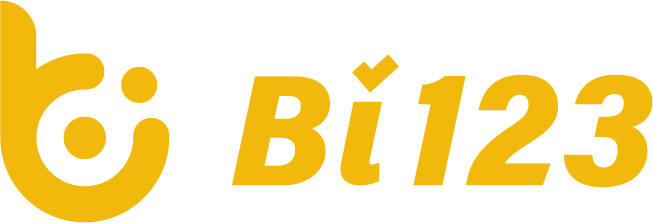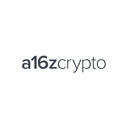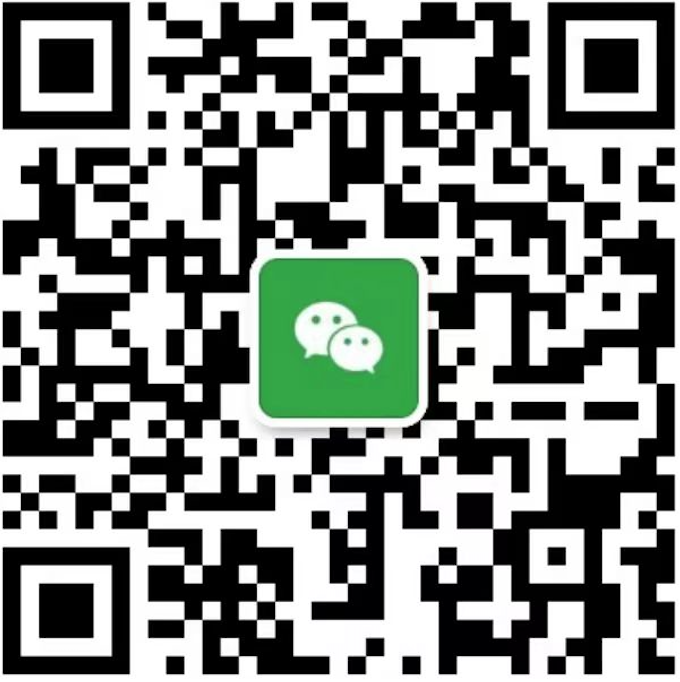Uniswap
- #Governance
- #Binance Smart Chain Ecosystem
- #Yield Farming
- #Decentralized Exchange Token (DEX)
- #Decentralized Finance (DeFi)
- #Play To Earn
- #Polygon Ecosystem
- #xDAI Ecosystem
- #Automated Market Maker (AMM)
- #Exchange-based Tokens
- #Avalanche Ecosystem
- #Arbitrum Ecosystem
- #Binance BUSD
- 8.75
- $330.91M
- $5.25BRank #31
- 600.43M
- Spot Markets
- Overview
- Market Data
Similar News
More Info- 06-04 10:00
The Binance World Championship Special: Trade $100 Each on Convert, Spot & Futures To Win...
- 06-03 22:00
MiCA Stablecoin Rules Implementation Announcement
- 06-03 10:15
Word of the Day: Test Your Knowledge on Life in Binance to Earn Binance Points...
- 05-31 15:00
Updates on Minimum Order Size for Spot and Margin Trading Pairs (2024-06-07)
- 05-30 21:28
Binance Futures Will Launch USDT-Margined TURBO Perpetual Contract With Up to 50x Leverage
Market Signal
More InfoCryptocurrency Calendar

NO DATA
What Is Uniswap (UNI)?
[Uniswap] is a popular decentralized trading protocol, known for its role in facilitating automated trading of decentralized finance ([DeFi]) tokens.
An example of an automated market maker ([AMM]), Uniswap launched in November 2018, but has gained considerable popularity this year thanks to the DeFi phenomenon and associated surge in token trading.
Uniswap aims to keep token trading automated and completely open to anyone who holds tokens, while improving the efficiency of trading versus that on traditional exchanges.
Uniswap creates more efficiency by solving liquidity issues with automated solutions, avoiding the problems which plagued the first decentralized exchanges.
In September 2020, Uniswap went a step further by creating and awarding its own [governance token], UNI, to past users of the protocol. This added both profitability potential and the ability for users to shape its future — an attractive aspect of decentralized entities.
Who Are the Founders of Uniswap?
Uniswap came about as a plan to introduce AMMs on [Ethereum] to a wider audience. The platform’s creator is Ethereum developer Hayden Adams.
Adams worked in various projects while finalizing Uniswap, and his work was informed directly by Ethereum creator Vitalik Buterin. Buterin even ended up giving the protocol its name — it was originally known as Unipeg.
Adams has also said that the original inspiration for the [Uniswap platform] came from one of Buterin’s own blog posts. His original idea to focus on Ethereum came after a friend convinced him to begin researching and understanding the protocol in 2017.
Uniswap DAO
The Uniswap DAO has over 310,000 members that can vote over the $1.6B treasury, [governance] and roadmap of the DEX by holding UNI [governance tokens]. Any UNI holders can submit a proposal, however it must garner up to 25,000 yes-votes before it can be eligible for further deliberation. The next phase is the consensus check, where the proposer has to highlight the core changes and garner at least 50,000 yes-votes. Finally, the governance phase has to attract 40M yes-votes for the proposal to be adopted. Uniswap was the most dominant DEX in 2021 in terms of trading volume, and the top ranked DAO in terms of the amount held in the treasury. However, it is currently ranked second, behind [BitDAO] — a DAO focused on funding and investing in emerging crypto projects. Check out our [deep dive on Uniswap DAO and other top DAOs] and how their governance systems work.
What Makes Uniswap Unique?
Uniswap exists to create liquidity — and therefore trading and the value that trading provides — for the DeFi sphere.
One of the major AMMs in operation at present, the protocol functions using a formula for automated exchange — X x Y = K. Founder Hayden Adams describes himself as the inventor of the particular implementation of the formula on Uniswap.
Uniswap is not just a decentralized exchange; it attempts to solve the issues that platforms such as [EtherDelta] experienced with liquidity.
By automating the process of market making, the protocol inceventizes activity by limiting risk and reducing costs for all parties. The mechanism also removes identity requirements for users, and technically anyone can create a liquidity pool for any pair of tokens.
According to Uniswap, their governance token (UNI) was created in order to “officially enshrin[e] Uniswap as publicly-owned and self-sustainable infrastructure while continuing to carefully protect its indestructible and autonomous qualities.”
Uniswap V2 launched on Nov. 2, 2018, and introduced new features like ERC-20 pairs, price [oracles], flash swaps and more. The latest version — Uniswap V3, launched on the mainnet on May 5, 2021. It features greater capital efficiency for [liquidity providers], better execution for traders and enhanced infrastructure. Uniswap price reached an [all-time high] (ATH) of $44.97 leading up to the mainnet launch of V3. Since it’s launch there has been substantial interest in it’s [UNI to AUD] and [UNI to EUR] price pairs.










